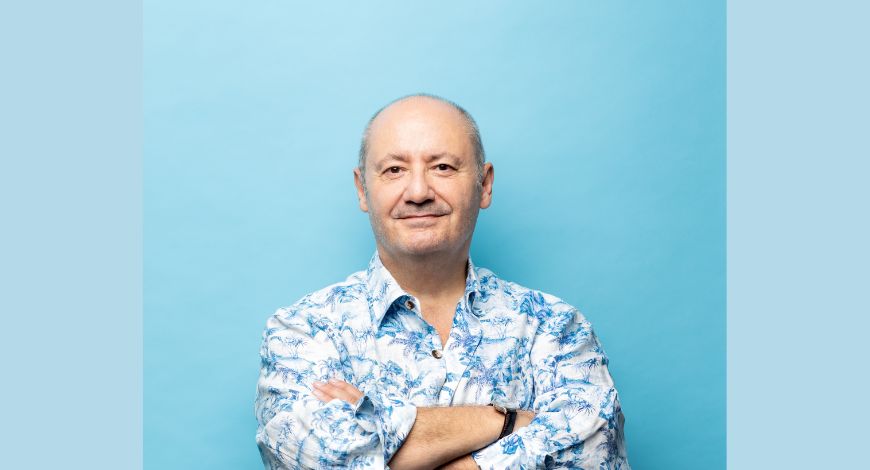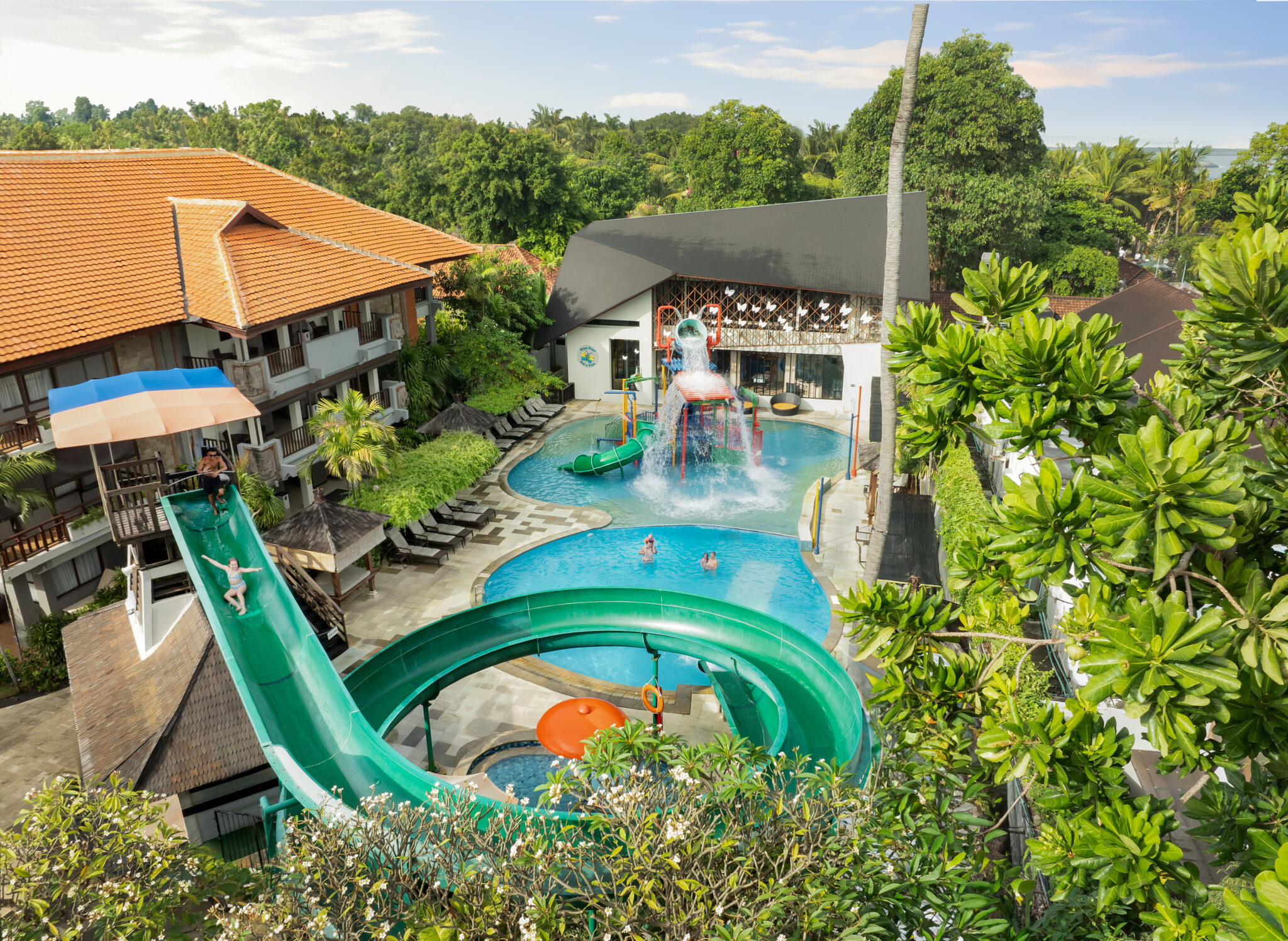A new study has crowned Alaska as the best state for veterans, based on factors like population, financial and housing support, employment opportunities, and state expenditure.
The ranking, created by medical marijuana card experts at Leafwell, reveals the best states for veterans on a scale out of ten, considering factors like disability compensation, availability of nursing homes, employment rates, state spending, and veteran population density.
For veterans who are looking for the best place to settle after serving, there are many factors to consider, especially for those struggling with their physical or mental wellbeing.
Mental health challenges are particularly prevalent among US veterans, with medical records revealing that one in three veterans (33%) are diagnosed with at least one mental health disorder, according to the United States Government’s National Library of Medicine.
To discover where offers the most support to struggling veterans, the ranking analyzed Bureau of Labor Statistics (BLS) data to establish which state has the highest proportion of veteran workers, and state expenditure data from the U.S. Department of Veterans Affairs.
This reveals state expenditure on vocational rehabilitation, education and medical care, to identify where is investing the most into veteran care. Finally, the ranking analyzed nursing home availability, scaled by population, to measure veterans’ access to retirement support.
As it turns out, Alaska is the best state for veterans, with an overall suitability score of 8 out of 10. The state ranked the highest for veteran population density, reporting 8,836 veterans per 100k residents – 51% higher than the national average.
This is beneficial as it ensures veterans can socialize with people of a similar background, providing a greater opportunity for peer support. It also increases the likelihood of the state investing in veteran care, as there’s a greater proportional demand for it.
Alaska also scored the highest for disability compensation, with 3,073 people per 100k receiving compensation, a huge 87% more than the national average of 1,642 people.
The state also scored highly for state expenditure, coming in first place. Alaska had the second-highest total state expenditure for veterans, at $131,819 per 100k people, which is 53% higher than the national average of $86,310 – showing the state is happy to invest in its veterans.
Wyoming ranked in second place with a score of 6.1 out of 10, also ranking highly for population density. They are the third most densely-populated state with 7,613 veterans per 100k.
Following in third, Virginia scored 6 out of 10 overall. The state had the highest proportion of veterans in the workforce at 59%, which is substantially more than the national average of 46.5% – making it one of the best states for veteran job opportunities and rehabilitation.
The top ten states for veterans ranked

Surprisingly, Texas ranked low for veteran suitability (38th out of the 50 states), despite having they have the second-highest number of veterans per state. This is because when scaled against their population, they don’t score as well for job opportunities or expenditure.
Texas scored in the bottom ten (9th) for the availability of veteran nursing homes per 100k residents. While they have more veteran-targeted nursing homes than any other area at 8, these don’t go too far when scaled against the state’s huge population.
Overall, Texas scored highly across all the metrics before scaling the data to their population, indicating they are focused on supporting their veterans, but would benefit from increasing resources to match their incredibly large population and rank higher than other states.
The state that was named the worst for veterans was New York, with a score of 0.7 out of 10. The state scored shockingly low across the board, ranking in the bottom 10 for every metric.
Interestingly, Alaska came in first place due to its high scores across most metrics; however, they ranked surprisingly low on the number of nursing homes in each state, with a score of 2.9 out of ten – due to only having one official veteran nursing home.
According to the U.S. Department of Veterans Affairs, the most generous state for expenditure on medical care was Wyoming, spending $70,986 per 100k, 94% higher than the national average of $36,533, indicating the state prioritizes healthcare funding for its veterans.
But this funding only goes so far, particularly when it comes to complex conditions like PTSD, which are difficult to manage. The U.S. Department of Veterans Affairs reports that 2 in 10 (23%) veterans using VA Health Care have experienced PTSD at some point in their lives.
Speaking on the findings, Lewis Jassey, DO, Medical Director at Leafwell, says: “Deciding where to retire can be a difficult decision for veterans, as they rely heavily on support. And while access to things like a medical marijuana card provides relief in managing PTSD, some states make it harder to receive this support than others, meaning improvements need to be made.
“PTSD has long been a pressing concern for veterans, and while research suggests that certain cannabis products, particularly those high in CBD, may help alleviate PTSD symptoms such as anxiety, flashbacks, irritability, and nightmares, support is still needed. The hope is that the states that perform poorly in the index reevaluate their provisions and adjust accordingly.”








